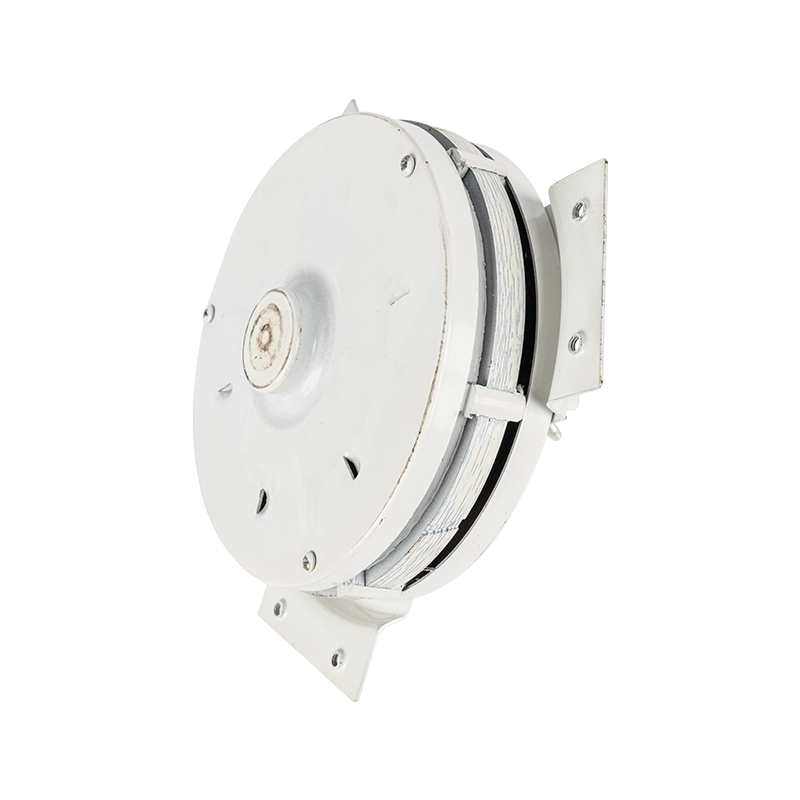Provide you with the latest enterprise and industry news.
2.Variable Speed Control: Upgrading to a ceiling fan motor with variable speed control offers several benefits. With this feature, you can adjust the fan's speed to match your desired level of comfort and room temperature. This flexibility allows for better airflow distribution and energy efficiency, as the fan can operate at lower speeds when less airflow is needed. Look for motors with advanced speed control mechanisms, such as electronic or digital controllers, which provide smooth and precise adjustments. By upgrading to variable speed control, you can optimize the performance of your ceiling fan to suit your specific preferences and needs.
3.DC Motor Conversion: Converting your ceiling fan from an AC motor to a DC motor is a popular upgrade choice for homeowners seeking improved performance and energy efficiency. DC motors offer several advantages over traditional AC motors, including higher energy efficiency, quieter operation, and smoother speed control. By upgrading to a DC motor, you can reduce energy consumption and operating costs while enjoying enhanced comfort and airflow in your space. Consider consulting with a professional electrician or ceiling fan specialist to ensure a seamless and successful motor conversion.
4.Balancing and Alignment: Proper balancing and alignment of the fan blades are essential for maximizing performance and reducing noise and vibration. Even a slight imbalance can cause the fan to wobble, leading to decreased efficiency and potential damage to the motor and other components. To address this issue, consider upgrading to balanced blades or using a balancing kit to correct any imbalances. Additionally, ensure that the fan blades are properly aligned and securely attached to the motor shaft. Regular maintenance and inspection can help identify and address any issues with balancing and alignment, ensuring optimal performance and longevity of your ceiling fan.
5.Enhanced Control Options: Upgrading to a ceiling fan with advanced control options provides greater convenience and customization for your comfort needs. Look for fans equipped with remote control capabilities, allowing you to adjust settings such as speed, direction, and lighting from anywhere in the room. Alternatively, consider investing in a smart ceiling fan that integrates with your home automation system, allowing for voice control and programmable schedules. These advanced control options not only enhance the performance of your ceiling fan but also make it easier to use and manage, enhancing your overall comfort and convenience.
6.Motor Lubrication: Proper lubrication of the motor bearings is essential for maintaining smooth and efficient operation of your ceiling fan. Over time, the lubricant inside the bearings can break down or dry out, leading to increased friction and wear. Regularly lubricating the bearings with a high-quality lubricant can help reduce friction, heat, and noise, extending the lifespan of the motor and ensuring consistent performance. Be sure to follow the manufacturer's recommendations for lubrication frequency and use a lubricant specifically designed for ceiling fan motors. Additionally, inspect the bearings regularly for signs of wear or damage and replace them as needed to prevent further issues.
7.Upgrade to High-Efficiency Blades: The design and construction of the fan blades play a crucial role in determining the airflow and performance of your ceiling fan. Upgrading to high-efficiency blades can significantly improve the fan's effectiveness and energy efficiency. Look for blades made from lightweight and aerodynamic materials such as wood, plastic, or composite, as these materials can reduce drag and turbulence, resulting in smoother airflow and less energy consumption. Additionally, consider the blade pitch and shape, as well as the number of blades, to optimize airflow for your specific needs. Upgrading to high-efficiency blades can enhance the overall performance and effectiveness of your ceiling fan, providing better comfort and energy savings for your space.
Ceiling Fan Motor


 EN
EN 英语
英语 中文简体
中文简体







